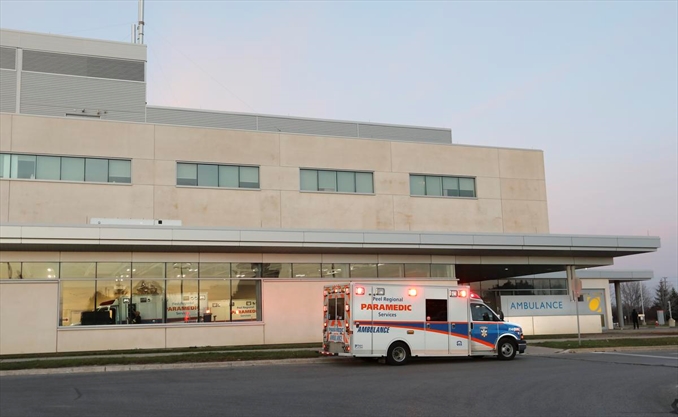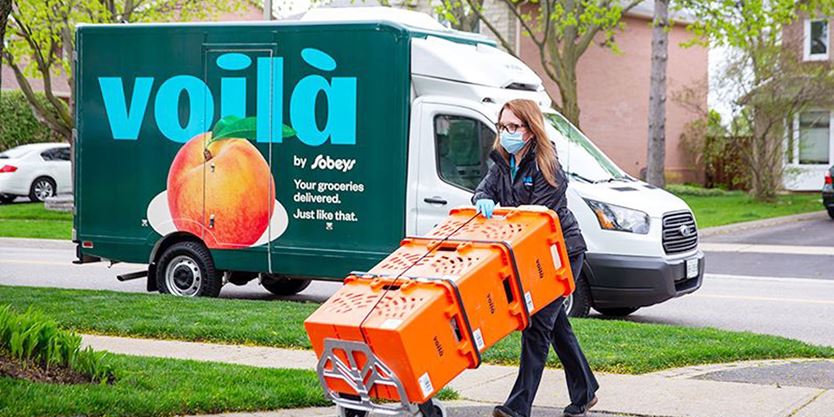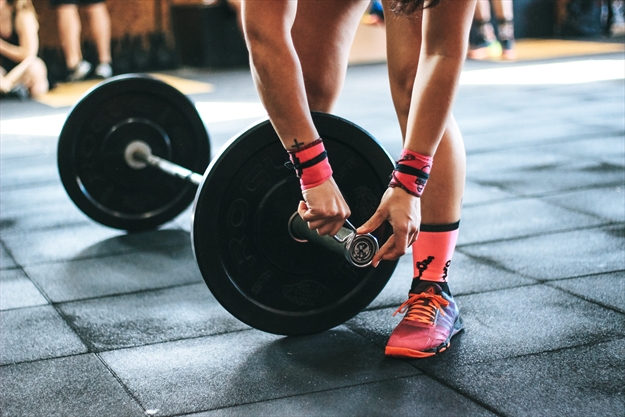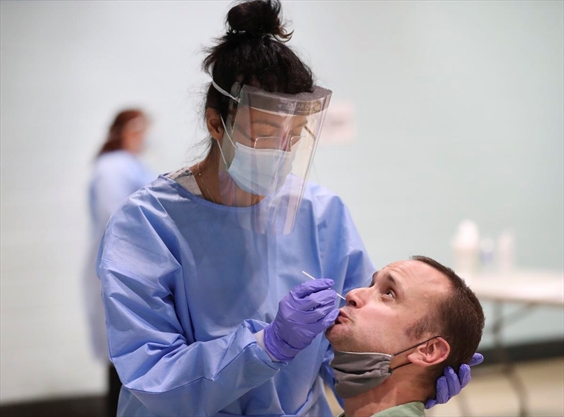Ontario reports a record 1,388 new COVID-19 cases
Premier Doug Ford’s words of concern about setting don’t match his actions, critics said, after Ontario set an all-time high of 1,388 new infections.
“These numbers keep me up at night,” Ford told a news conference Tuesday when asked about solutions for curbing the virus with alarming numbers in Toronto and Peel despite that closed indoor dining, gyms and theatres.
“If the numbers get totally out of control, I won’t hesitate to do what it takes to protect the health and safety of the people.”

But while Ford leaves specific measures to local health units under his controversial , the virus is continuing to spread more widely with the holiday season approaching, said Todd Coleman, an epidemiologist at Wilfrid Laurier University in Waterloo.
The steady pace of record highs does not bode well, the former public health official in Middlesex-London added, in a reference to the 10,106 Ontarians now fighting active cases of COVID-19, almost double the level of a month ago.
“Because that’s happening, the pool of infectious people is getting larger, so that means that the potential for spread is also getting larger,” Coleman told the Star.
“I don’t see anything happening in terms of the decision-making to try to curb any of that. I feel there’s a bit of a disconnect between the science and what’s happening.”
Although it’s not bad enough for a lockdown like Manitoba is about to impose, “growth rates indicate we need more restrictions than we have now,” said Dr. Irfan Dhalla, an internist and vice-president at St. Michael’s Hospital.
Ford insisted the province is working with Toronto and Peel Region “to ensure that all necessary steps are taken as we move forward with our framework” and acknowledged “the virus is spreading at an alarming rate all over the world.”
Toronto had a record 520 new cases and Peel had 395, accounting for 66 per cent of infections in the province as per statistics reported by health units at 4 p.m. Monday. Unlike August, when it was typical for 18 or 20 of the province’s 34 health units to have no new daily cases, there were only six in Tuesday’s report.
“This is radiating out,” said Coleman.
NDP Leader Andrea Horwath said she’s worried that letting COVID-19 gather more steam may force Ford to impose another major lockdown that he says his framework is designed to prevent by providing early warnings when health units are reaching trouble points.
“He’s gambling with people’s lives,” Horwath said. “He claims he’s doing it in the name of business, but putting us all at risk of another real lockdown isn’t good for businesses, the economy or working folks.”
Other key metrics of the pandemic have also been rising. The seven-day average of new cases hit a high of 1,154 on Tuesday, up 21 per cent from 951 a week ago.
Hospitalizations are at their highest rate since mid-June, reaching 422, with 82 patients in intensive care and 54 on ventilators. Hospitals in Peel are at capacity and the province is rushing to open new beds and testing centres.
The 1,388 new cases reported Tuesday were based on 29,125 tests, just over half the daily lab capacity, and indicating a case positivity rate of 5.7 per cent.
Tuesday marked the fifth straight day that case numbers in Ontario have been above 1,000 and the third day with cases above the 1,200 mark.
Two weeks ago, computer modelling presented by provincial officials forecast between 800 and 1,200 new infections daily. Updated modelling will be released Thursday.
is a Toronto-based reporter covering Ontario politics for the Star. Follow him on Twitter:






